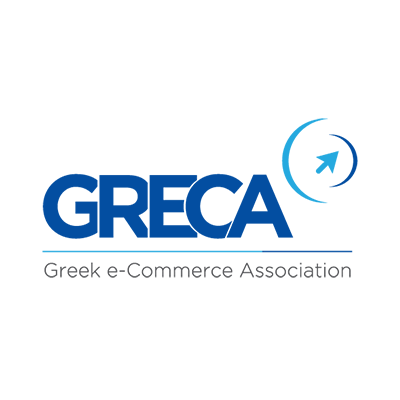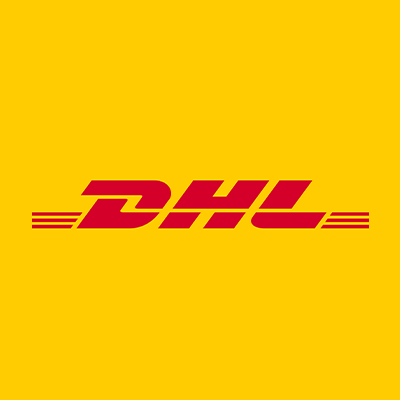Surely you have visited some website somewhere that reports the following message:
“If you want to receive free information material of our company, please subscribe to the list.” This list is what we call Newsletter, ie sending informative material.
The Newsletter is essentially the prospectus of a company, products and services. The voucher is sent by e-mail regularly and includes various announcements, company news, and product promotions, analyzes, tips, reminders, common customer questions or warnings, always maintaining an informative character.
Anyone who owns a website, a store, a hotel, a web portal or an online store, and aims to provide quality service to its customer is obliged to provide the ability to send Newsletter. Wherever you look on the internet, you will find Newsletters (of course if you want to see the content you must subscribe to them).
01/
The Proper Moment For The Newsletter Of The Company
What is the right time and day to send your electronic message?
Finally you have managed to gather several customer email addresses and associates of your business. All you need now is the right marketing. Provide the message you want to send, and now you are wondering what will be the appropriate time to send it to your customers? You should keep in mind various factors, including:
- What hours do the interested usually check their messages?
- Which devices do they use to read them?
- Must they be sent to the personal or professional email address?
- What products does every business sell?
- What day of the week would it be best to send the messages?
So we did a little research and came up that Monday and Friday is the worst day to send your messages. Monday is not the day because usually people try to enter the rhythm of the new week and the amount of messages they receive from their entire weekend is tiring.
Consequently, (due to boredom) it is much easier for them to put out a message without even being read.For Fridays the opposite is true. All in a hurry to leave the office, to get rid of the worries of the week and relax, so it’s harder for them to get involved in reading their emails.
The best days are Tuesday and Wednesday, mainly in the mornings. The world is more concentrated in office and devote himself more easily to the content of the message received.Everything of course depends on what you want to advertise. If you want to advertise a party, for example, you would send the information material in the afternoon when the spending time of the interested ones begins and they plan their outing.
If you want to advertise a free meal offered by your business, it is better to send your message in the morning so that they can plan their day. If you want to update for a discount on your products, you could send your ad one or two days ago, to prevent your customers to regulate their program.It is understood that the above advice is not always applicable to any business.
The best thing to do is to make a plan, according to your earlier efforts and their results. Calculate what days and hours they had the best results and act accordingly.Finally, you must rely on your target group. Do they move constantly? Then the message should be configured to read from a mobile phone. Are they busy? Then the messages should be short and concise. Always move guided by your customer, not your personal preferences. And remember: Everything needs effort. Make a lot of testing until you find the combination of days and hours to suit you. In marketing you move based on the results.
02/
Creating And Sending Newsletter
Benefits for your companynDefinitely it must have happened to read a newsletter you discovered between the e-mails you receive every day. But do you know what this newsletter is and how it could benefit your business? In essence, our Newsletter is a newsletter that uses a company to promote its products and services.
The statement that you receive via email and contains mainly offers, announcements, analysis, news, useful information and answers to frequently asked questions and all this while maintaining an informative style. Most often sent to a specific list of customers who have agreed to receive.
All entrepreneurs who want to keep informed their customers and increase their clientele should send Newsletters.They can be a very powerful tool for a business if used correctly. Some of the (many) advantages are:They have personal character. Addressed personally to the customers of a particular company, so it is strictly tailored to their needs.They have immediacy. The reader may throw their one and only look at their subject, to understand if they are interested or not about what they’re going to read.Increase the popularity of a website. The Newsletter constantly reminds its customers and to the world the existence of a company and what it has to offer.
They have a low manufacturing cost compared to other agents that are used to promote services and products.
Despite that they have so many advantages, not many Greek businesses use them. Lately, of course, more and more Greek newsletters have begun to appear, mainly by companies. We present some ways to create a successful newsletter:Choose as a general topic something that your customers are interested in and is related to the products and the services you want to promote.Try your newsletter not to remind advertisement.
You can accomplish this by using informative speech and avoid blatant expressions like “unique offer!”, “Finally the solution!” Etc. The basic utility of the newsletter may be the increase in sales, but the first step for this It is to create a relationship of trust with potential customers, something that you will not be able to achieve with a commercial.
You can also include views and expert research related to this newsletter’s theme. This would provide additional reliability and validity in your article.Try to include alternative uses of your product or tips on how your customers can use it.Enrich your newsletter with pictures and videos. These will prove equally essential to its content, later on.Put a nice title. A short, concise title that prepares readers for the content of the newsletter will play a big role in its success.Whatever you do, your customer newsletter should be created to improve the lives of your customers. So, will you select the newsletter to promote your business?
03/
The Value Of E-Mail Newsletters As Website Complement
(Or else, how to increase the popularity of your websites in a simple and easy way)Most foreign websites, as you surely have noticed, offer their visitors to subscribe to a newsletter service. A simple search containing the word «newsletter» puts millions of results!This “trend” started several years ago by online journals that started to allow their readers to gain the whole issues or at least the headers of central articles via an email newsletter. They became, of course, popular very quickly and now the e-mail newsletter considered to be a “must-have” for each site, whether it’s the page of a company or a non-profit.The reasons why they became so popular in the e-mail newsletter is: The email application are the only type of push technology applied successfully.
This means that with the e-mail one can create a dynamic communication channel to inform the public, without being forced to passively wait for the visit of customers on its website.The e-mail newsletters dramatically increase the popularity of a website. Most websites are so many that even if someone is interested, very rarely find the time and the mood to visit one more than once. Fortunately the newsletters can then remind the public of the existence and work of the company / our website.
nternet users prefer to receive information in their mailbox, rather than looking on the internet. Even if not directly interested in the issue of an e-mail newsletter, usually they prefer to receive and read it quickly before they delete it, instead of looking for something interesting among dozens of websites.The quality of discussions in a mailing list or a message board of online communities (for various social, psychological and practical reasons) is now extremely low. Instead, an e-mail newsletter provides users with information filtered by absolute reliability and usefulness.They help the process of adding new material.
When sent periodically, it somehow obliges operators of the site to create and distribute new material often. This material is then displayed in the site, and enriches it with new information or offers.Due to the frequent communication resulting from their sending, they create a relationship of trust with the readers / visitors. The latter feel that the company has their website respects and cares for their information.Provide new free advertising space. The click-through of the ads of a mail newsletter is much higher than that of a simple banner. So, apart from material which distributes the newsletter, the person issuing it can advertise alongside the products and / or services.They have particularly low production costs. Their creation costs, a year-is the same as that of just one or two printed advertising campaigns.
E-mail newsletters provide quality promotional materials without dealing with volume. They are addressed to specific individuals who are interested in the company and its products and not to anyone.
They can be adjusted depending on the characteristics of a particular group of customers. A company with many popular products can create different newsletters for each category of customers (and products), and thus adjust the image depending on the needs of each audience.
Of course, sending newsletters is strictly and only to persons who have requested so (anything else is considered spam). Also, they should include not only product advertising, but it would be good to include some useful material on them as well. An example might be for one food company rather than simply sending advertising of new products, to include some recipes in order to promote a more entertaining and informative manner.The number of Greek e-mail newsletter is unfortunately still very low, while that of Greek corporate newsletter even lower.
Apparently, according to the rise of the Internet in Greece, it will not take long for it to become a popular practice in our country, but because creating loyal readership is quite a lengthy process, the Greek companies should give the necessary time to the system to develop a relationship of trust with their customers. On the other hand, they should also be careful that they do not start overloading their newsletters with advertisements, as this will result to start losing their regular customers / readers that they so painstakingly cobbled together.

 by
by 

